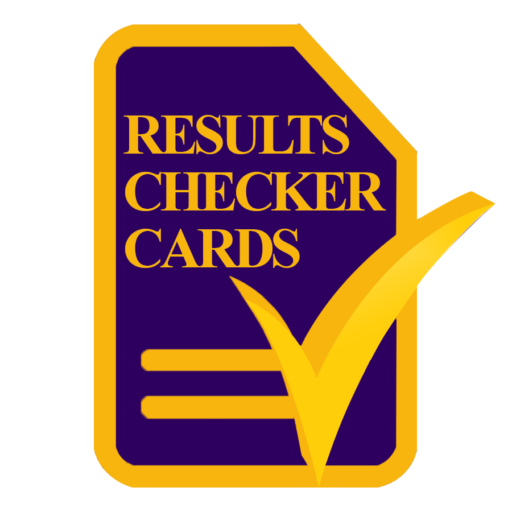It’s important to understand how digital goods sellers are unique from other merchants when considering how to combat chargeback fraud.
The trade-off between fulfilling or rejecting a potentially fraudulent order is the key question here. The costs associated with chargebacks differ between digital and physical goods sellers and must be fully understood. While lost revenue is a painful cost to both, there are other costs to fulfilling the fraudulent order:
- Cost of goods sold. Physical goods sellers have to buy the actual good, while digital goods merchants have very low marginal costs.
- Penalties. A digital seller’s largest immediate cost is the chargeback fee ($15-30 per transaction), with the looming threat of hefty fines ($5000-$25,000) if its chargeback rate goes above 1% (Mastercard excess chargeback program info here).
- Channel conflict. A big consequence of fraudulent digital purchases is that they later appear on secondary markets and cannibalize sales and hurt merchant reputation.
At Checkercards.com, we carefully scrutinize the fraud protection offered on any payment platform. We use a third party platform Paystack to receive payments from customers. Just like other payment gateways


